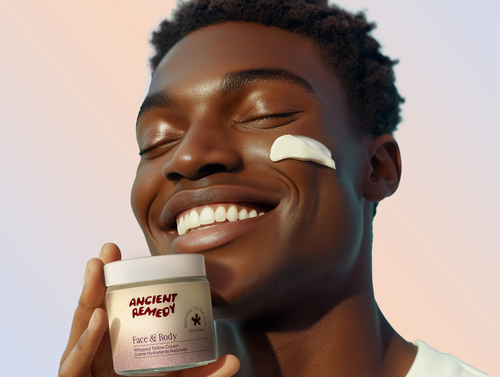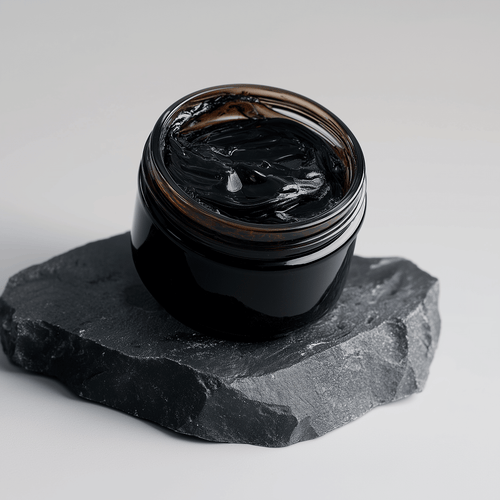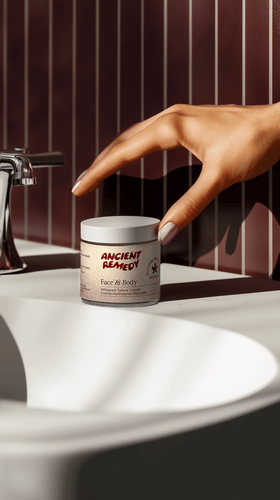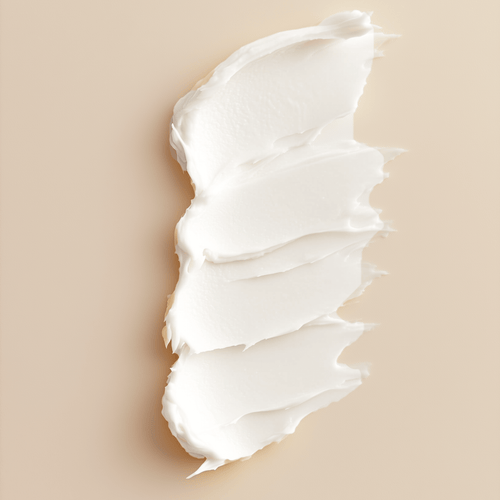
Discover the Power of Tallow: A Nutrient-Rich Fat for Health and Beauty
Table of Contents
- How Is Tallow Made?
- Suet Tallow vs. Other Types of Tallow
- Is Tallow Healthy?
- Tallow for Cooking vs. Tallow for Skincare
- Where to Buy Tallow?
The Ultimate Guide to Tallow: Benefits, Uses, and Where to Buy
How Is Tallow Made?
Tallow is made by rendering animal fat, a process that involves slow heating to separate pure fat from connective tissues, membranes, and other impurities. The most common sources are cattle and sheep, with the highest quality tallow coming from grass-fed, pasture-raised animals. This slow-rendering method ensures the fat retains its beneficial nutrients while removing any undesirable elements. Traditionally, tallow was rendered over low heat for hours, but modern techniques allow for more refined purification while maintaining its nutritional integrity.
Suet Tallow vs. Other Types of Tallow
Suet tallow specifically comes from the fat surrounding the kidneys of cattle and sheep, making it the most prized form of tallow due to its superior purity and nutrient density. This fat is rich in stearic acid and other beneficial fatty acids, making it ideal for both cooking and skincare. Other types of tallow, derived from general fat stores across the animal’s body, may still be beneficial but can vary in texture and composition. Suet tallow tends to have a smoother consistency and a more neutral scent, while regular tallow may require additional refining for optimal use in skincare or cooking.
Is Tallow Healthy?
Absolutely! Tallow is a highly nutritious fat packed with essential fatty acids and fat-soluble vitamins that support overall health. Unlike industrial seed oils, which are prone to oxidation and inflammation, tallow remains stable at high temperatures, making it an excellent cooking fat. Its saturated fat content supports brain function, hormone production, and cellular health. Additionally, tallow contains conjugated linoleic acid (CLA), which has been linked to anti-inflammatory and immune-boosting benefits. Choosing grass-fed tallow enhances these benefits, as it contains a higher concentration of omega-3s and other vital nutrients.
Tallow for Cooking vs. Tallow for Skincare
While both edible and skincare tallow originate from the same rendered fat, their processing differs significantly depending on their intended use.
Tallow for Cooking: When used as a cooking fat, tallow is rendered and strained to remove impurities but retains a more natural, unaltered state. It has a slightly beefy aroma and is rich in nutrients that support metabolic health. Due to its high smoke point and stability, it’s excellent for frying, roasting, and sautéing without breaking down into harmful byproducts.
Tallow for Skincare: Tallow used in skincare undergoes additional purification and is often whipped or blended to create a lighter texture. This refining process removes any lingering scent and ensures the fat is soft and easy to apply. Because tallow closely mimics human sebum, it is deeply nourishing, making it an excellent moisturizer for sensitive or dry skin. Many skincare formulas combine tallow with essential oils or botanical extracts for added benefits.
Where to Buy Tallow?
When purchasing tallow, it’s important to choose high-quality, pasture-raised sources to ensure purity and nutritional value. Many commercial brands use lower-quality tallow that may be heavily processed or mixed with additives. At Ancient Remedy, we offer premium, handcrafted tallow skincare products made from Belgian pasture-raised cattle. Our commitment to quality ensures you receive the most nourishing and effective tallow available, whether for cooking, skincare, or other uses.
Conclusion
Tallow is an incredibly versatile and nutrient-rich fat with benefits for both health and skincare. From its deeply moisturizing properties to its stable cooking benefits, high-quality tallow is an excellent addition to any natural health routine. Whether you’re looking for a clean cooking fat or a deeply nourishing skincare ingredient, choosing grass-fed, pasture-raised tallow is key.





